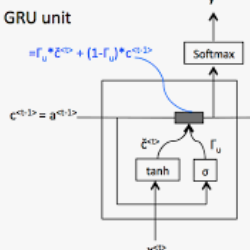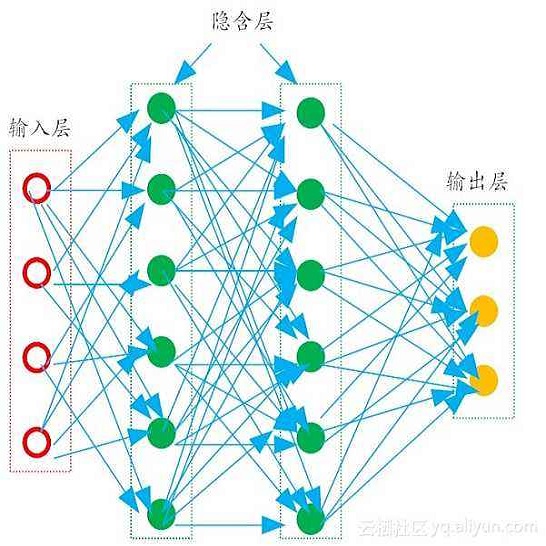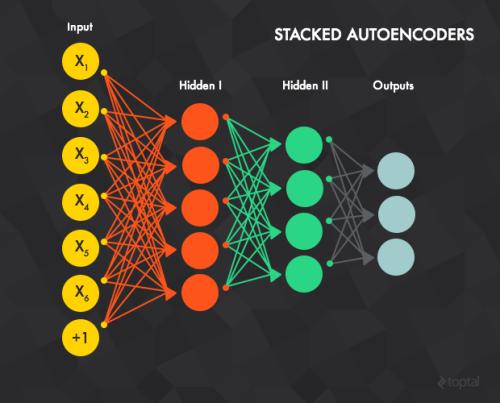In this paper, we consider malware classification using deep learning techniques and image-based features. We employ a wide variety of deep learning techniques, including multilayer perceptrons (MLP), convolutional neural networks (CNN), long short-term memory (LSTM), and gated recurrent units (GRU). Amongst our CNN experiments, transfer learning plays a prominent role specifically, we test the VGG-19 and ResNet152 models. As compared to previous work, the results presented in this paper are based on a larger and more diverse malware dataset, we consider a wider array of features, and we experiment with a much greater variety of learning techniques. Consequently, our results are the most comprehensive and complete that have yet been published.
翻译:在本文中,我们考虑使用深层学习技术和图像特征对恶意软件进行分类;我们采用各种深层学习技术,包括多层天体(MLP)、进化神经网络(CNN)、长期短期内存(LSTM)和封闭式经常性单元(GRU)等。在我们CNN的实验中,转移学习发挥突出作用,具体地说,我们测试VGG-19和ResNet152模式。与以往的工作相比,本文件介绍的结果基于一个更大、更多样化的恶意软件数据集,我们考虑了一系列更广泛的特征,我们试验了更多种类的学习技术。因此,我们的成果是最全面、最完整的,并且已经公布。





